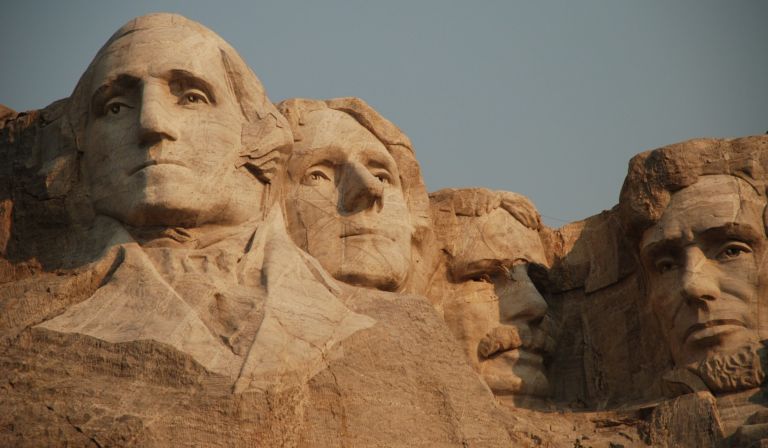 English philosopher John Locke put forward timeless ideas about the proper role of government, including the notion “that rights in property are the basis of human freedom and government exists to protect them and to preserve public order.”
English philosopher John Locke put forward timeless ideas about the proper role of government, including the notion “that rights in property are the basis of human freedom and government exists to protect them and to preserve public order.”
But Locke did not develop his ideas in a vacuum, Those who would like to learn more about the historical conditions that influenced Locke’s thinking might enjoy Peter Ackroyd’s recent book, Rebellion: The History of England from James I to the Glorious Revolution.
Ackroyd spends no time discussing Locke. The philosopher’s name appears just once. But readers will learn about the major political role played by Locke’s patron, the earl of Shaftesbury, during the reigns of the last two Stuart monarchs.
The overall story proves fascinating, as England moves from the relative stability of Elizabeth I’s long reign to a near century of turmoil involving civil war, republican government, military dictatorship, monarchy’s restoration, and the replacement of one king with another based largely on religious belief.
Among Ackroyd’s interesting observations is a passage on the development of England’s first distinguishable political parties.
In the latter half of 1679, the terms of ‘Whig’ and ‘Tory’ became common currency. The Presbyterian rebels of Scotland, ever zealous for a stricter covenant, had been given the name of Whiggamores after the Scottish word for corrupt or sour whey; the Irish royalist Catholics, who had been reduced to banditry, had the Gaelic name of toraihde. Soon enough Shaftesbury’s Whigs, who supported the Protestant Church and favoured the exclusion of James [from succession to the throne upon Charles II’s death], would opposed Danby’s Tories, who were prepared to countenance a Catholic king as part of the divine order of natural succession. The Whigs were the enemies of popery and arbitrary government, and thus wished to limit royal power; the Tories were determined to defend the monarch and the constitution against the onslaught of those whom they considered to be republicans or rebels. Various factions could of course be observed on both sides and a third group of ‘trimmers,’ who pursued a middle course, was also evident. A sympathetic witness, the duke of Ormonde, described the ‘trimmers’ as using the language of ‘moderation, unity, and peace’ combining the Whig concern for the maintenance of property and the true religion with the Tory desire for a secure monarchy and an untouched royal prerogative.
Moderation and unity were not readily apparent in a political nation violently divided.
Conservatives, liberals, moderates, and deep political divisions? The 17th century sounds somewhat familiar.


